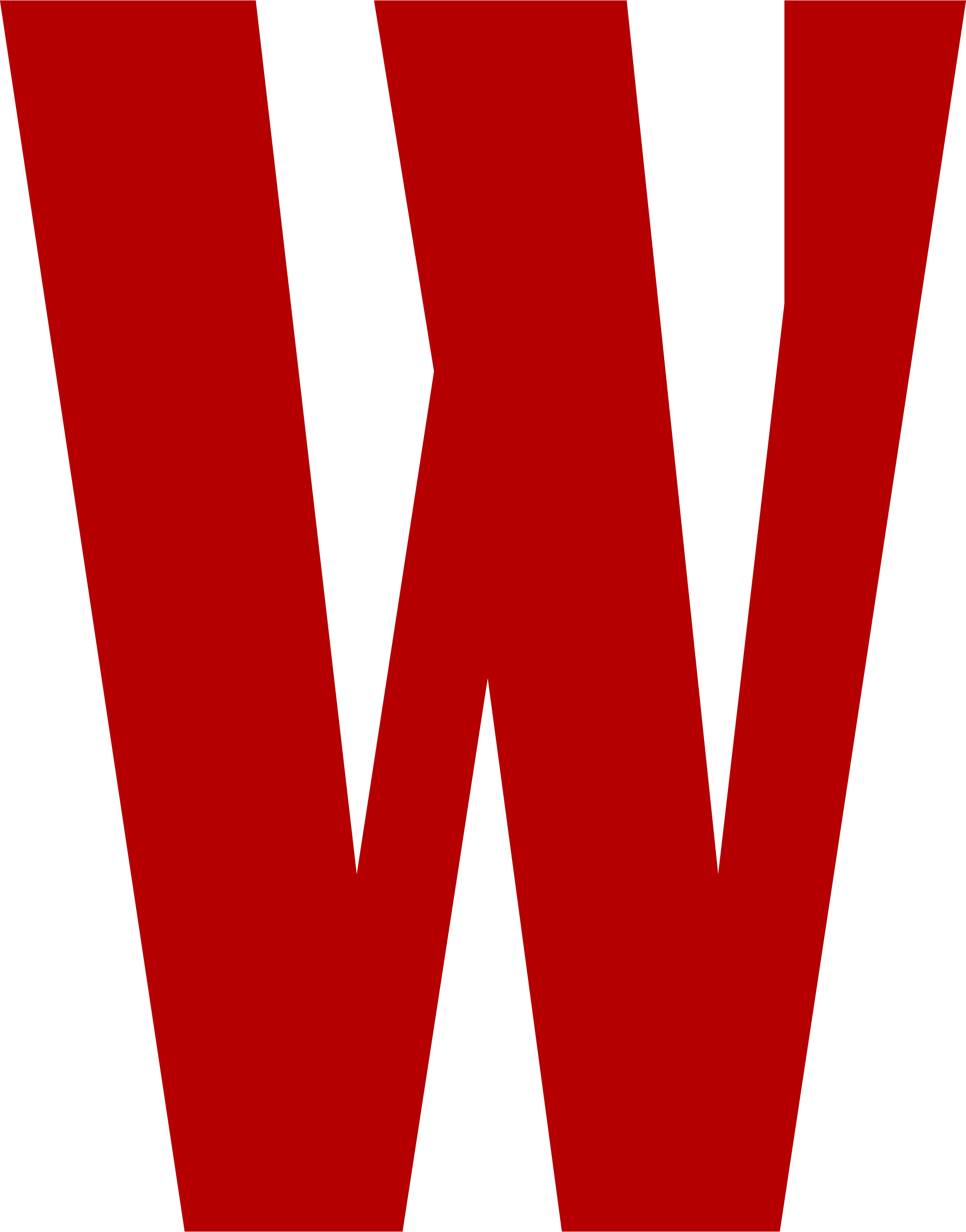And when Echo-Hawk appears in the Glenn Miller Ballroom in Boulder Thursday night at 6:30 p.m., he won't just be talking. He'll be wielding said paintbrush, building a painting from scratch -- as well as a participatory conversation with the audience.
The idea for his live painting programs is rooted in a native tradition: Braves spent their winters reliving conquests while an artist recorded everything on a hide for the tribal annals. He's changed the gist a bit -- well, a lot -- and substituted modern issues for old hunting reveries, but you get the point.
We had a chance to chat with Echo-Hawk while he was still in Oklahoma Indian country about his community-building art-oeuvre; the Q & A follows. But first, this:
And now, this:
Westword: How did you come up with the idea for these live-painting programs?
Bunky Echo-Hawk: It's an extension of an old tradition. I'd already been doing art in front of people, and I decided to try to bring an audience-participation element into it to update that age-old tradition. I usually begin with a talk and an overview of my art where I engage in dialogue with the audience. We talk about my community and issues that might be facing that community; I also have the audience chime in and create the concept of the painting for me. And I paint throughout that dialogue.
Can you describe what happens? And what kinds of works have come out of the discussions?
It depends on where the conversations go. There have been a wide variety of issues covered. Some of the images I've painted live include one of Obama wearing a feathered headdress, from the Democratic National Convention, and another one of a priest wearing a McDonald's logo and an Uncle Sam hat.
Your paintings generally mix those kinds of metaphors. Where do your ideas come from?I'm enslaved to my own sketchbook. I write down my thoughts and sketch them out, and I make it a point to visit my sketchbook at least three times a day. That way, I'm able to play around with an idea before I put the images together. I tend to create bodies of work.
To me, it's like a visual research project for for developing an idea or concept into work. It might end up becoming a series of 25 different paintings.
When did you first realize you wanted to be an artist?
I was pretty young, maybe three or four. It's what I wanted to be, and it's been a pretty ride so far. I've tried a lot of other different things - manual labor, nonprofit work - but I've been making art full time since 2006.
You also work with youth, don't you?
I do a lot of youth outreach, mainly focused in Indian country. But I do programs in mainstream society, too . Over the years, I've developed art workshops, and I co-founded a nonprofit club called Envision. As a group of native artists from different backgrounds, we all come together to focus on native art and multimedia art-forms.
What's your story?
I was born on the Yakama res in Washington state. I grew up a little in Oklahoma on the Pawnee res, and then we moved to Colorado, where I spent many years in the Lyons/Boulder area.
I understand you often auction off the painting to the crowd after the presentation is over.
I like the idea of giving back to the community, to thank the audience for offering their ideas. They end up not paying as much as they would in a gallery, and it's a cool way of paying them back. Each painting really signifies the experience of being there -- it's more than just a painting, each one has a whole story behind it that you can take home with you.
Will you be doing that in Boulder?
I don't know, yet. I usually donate the money made directly to whatever organization it is that brought me in, but some groups have rules about how they handle that. So I leave it up to the host. Regardless, I'll leave behind the finished painting.
Admission to Echo-Hawk's program is free; find more details here, or call 303-492-4879.
To keep up with the Froyd's-eye-view of arts and culture in Denver, "like" my fan page on Facebook.












